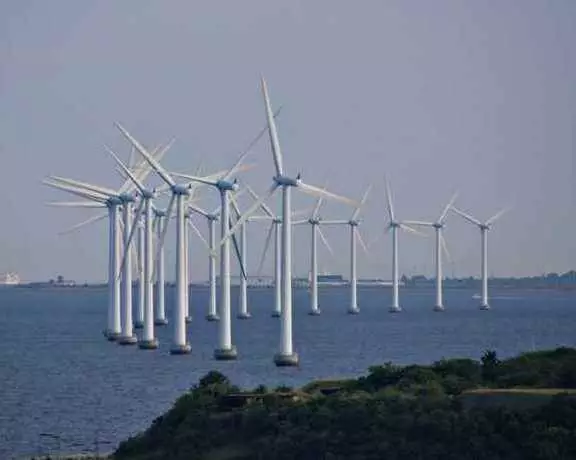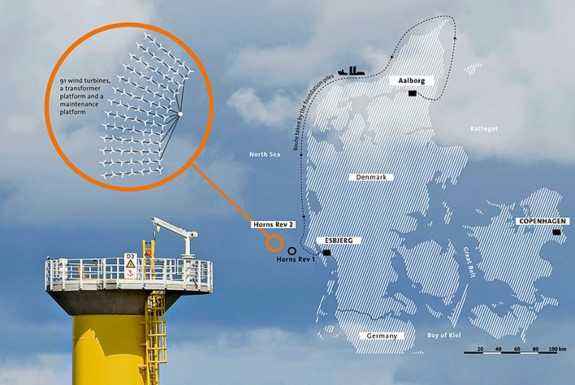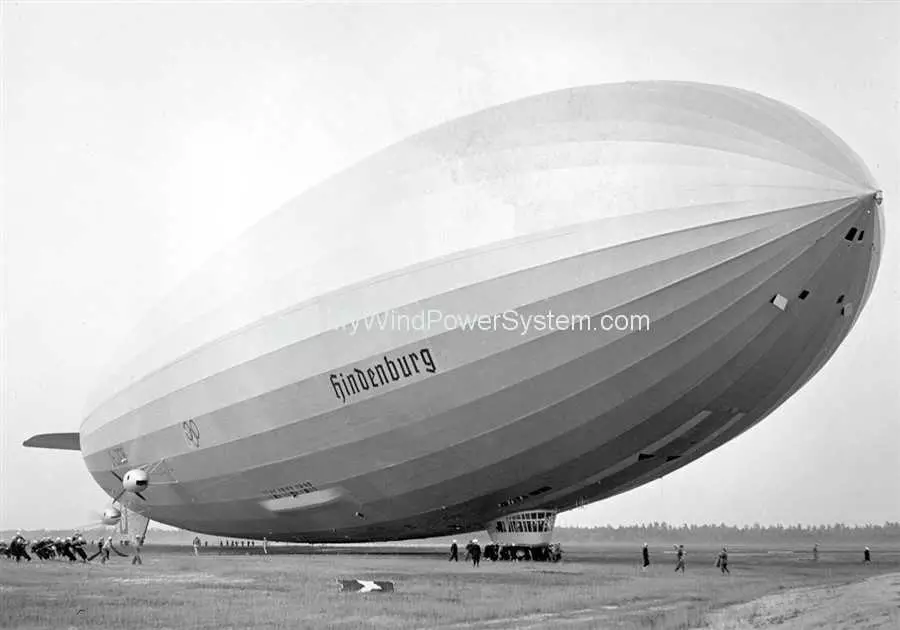While we may be more preoccupied with snow and cold rather than wind at the moment in Europe and the States, it’s well worth taking stock of where we are and where we want to go, and how sure we are of getting there!
Before we look at Europe and Denmark in particular, let’s pop over to the Lone Star state- Texas. In Texas, the stats show that wind capacity expanded rapidly from 2006 to 2009. The result was a common problem where the planning has not been thorough enough; transmission congestion affected supply. But the State stepped up to the plate and responded with a number of programs that have included the construction of more than 3,500 miles of transmission lines. Not only that, the quality and reliability of grid-reinforcing equipment has proved to be good, converting more wind into electricity more quickly.
Denmark has long been at the forefront of Europe (and global) wind power. And 2014 was a prime example of the Danes getting stuck in and showing the highest ever contributions for the country’s wind contribution to the national electricity demand. Last year, Denmark produced 39.1 percent of its electricity from wind, with its most productive month exceeding 60 percent. On some days when they had “goldilocks” wind (from Goldilocks and the three bears fairy story where the porridge and the bed were “just right”), the country sourced a staggering 90 percent-plus of its electricity from wind. By 2020 it is expected that the wind power share will double.
The United Kingdom and Germany also set record highs for wind energy last year, with the global fall in oil prices seemingly having little effect on the wind into power conversion. And of course, China is playing catch-up with a rapid push toward the wind. By the end of 2013, China had an installed capacity of more than 90 gigawatts.
But there’s always the ever-present question of how to deal with “down-days” when the wind is too strong or too mild to be harvested. The intermittent nature of wind has always represented major challenges for operators of wind farms and transmission and distribution grids. Everyone (especially grid operators) demand stability.
Denmark, like all other countries, has been troubled with this problem- but being at the forefront of wind power for decades- has it got a solution yet?
Well, yes and no. Denmark has found that there is no single solution to enabling high penetration of wind power. Instead, Denmark’s wind farm builders and operators and its transmission grid operator have together implemented a number of solutions (or perhaps “patches” may be more accurate) to overcome the vagaries of when the wind blows and to reinforce the grid to accept the power. One solution is to export excess electricity, often to a neighboring country like Norway.
Another patch has been on the generation side, where Denmark’s wind farms have also invested to ensure their output meets grid code requirements by mitigating the impact of transient voltages and power dips. They call it dynamic reactive power compensation. And it’s worth looking up more on this because is maybe the way other countries need to go in the future.




